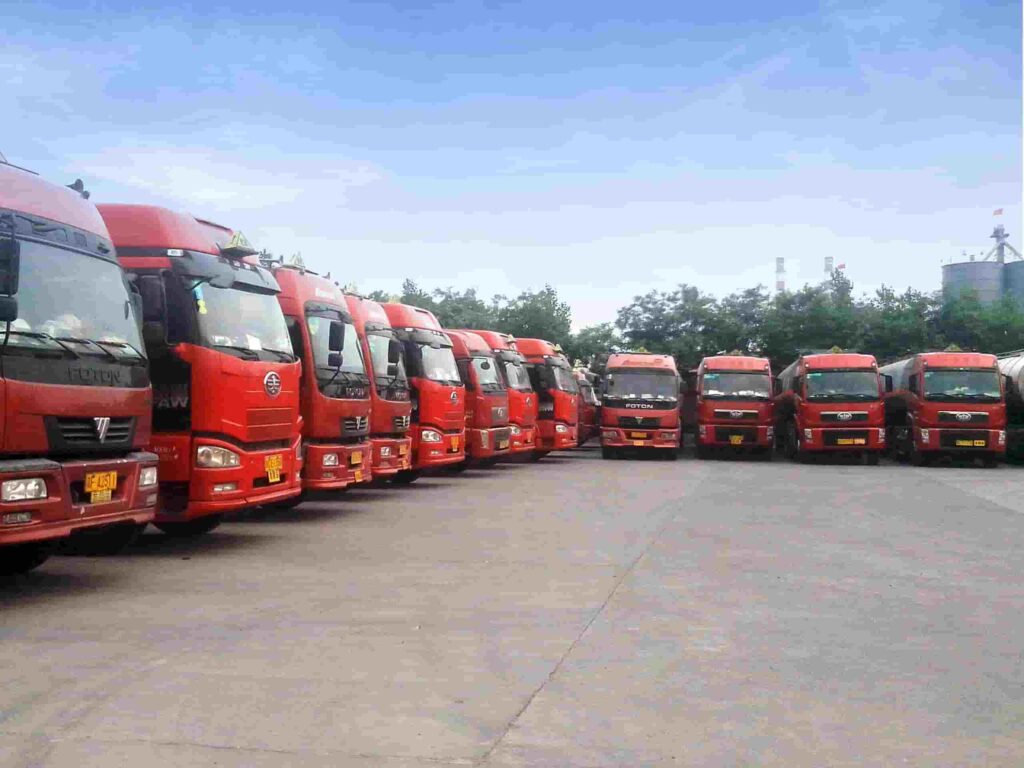Due to its chemical properties (hygroscopicity, corrosivity, and toxicity), zinc bromide (ZnBr₂) requires strict adherence to the following precautions during maritime and long-distance transportation:
1. Packaging and Sealing
- Moisture-proof sealing: Must use double-sealed containers (e.g., polyethylene-lined steel drums or HDPE plastic barrels) to prevent moisture absorption from air exposure.
- Clear labeling: Outer packaging must display “Corrosive,” “Toxic,” and “Keep Dry” markings (UN 3260, Class 8 Corrosive Substance).
2. Transport Environment Control
- Temperature & humidity management: Maintain a dry environment (relative humidity <50%) and avoid high temperatures (recommended range: 15–25°C) to prevent pressure buildup or solution leakage.
- Segregation: Store separately from acids, oxidizers, and reactive metals (e.g., aluminum, magnesium) to avoid hazardous reactions (e.g., H₂ gas generation).

3. Leak Prevention & Emergency Response
- Secondary containment: Use spill pallets in containers or cargo holds to prevent marine or deck contamination.
- Emergency kits: Equip with neutralizing agents (e.g., sodium carbonate), absorbents (sand or inert pads), and corrosion-resistant PPE (gloves, goggles).
4. Corrosion Protection
- Material compatibility: Transport equipment (valves, pipes) must use corrosion-resistant materials (e.g., 316 stainless steel or plastic linings).
- Regular inspections: Monitor containers for rust or deformation during long-haul transport.
5. Environmental & Regulatory Compliance
- MARPOL Convention: Illegal discharge is prohibited; spills must be handled per IMO guidelines.
- Land/Sea Transport Regulations: Comply with IMDG Code (International Maritime Dangerous Goods) and local hazardous material transport laws.
6. Personnel Safety
- Training: Crew/transport personnel must receive hazardous material emergency response training.
- PPE: Use chemical-resistant suits, respirators, etc., when handling leaks.
7. Special Conditions (e.g., High-Temperature/Humidity Routes)
- Real-time monitoring: For tropical routes, use temperature/humidity sensors in cargo holds.
By following these measures, the safety and environmental risks of transporting ZnBr₂ can be minimized, ensuring regulatory compliance and operational safety.







